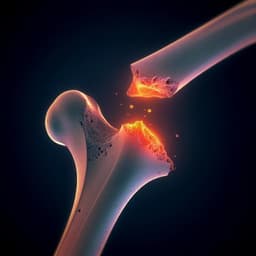
Engineering and Technology
Design of optical meta-structures with applications to beam engineering using deep learning
R. Singh, A. Agarwal, et al.
This groundbreaking research by Robin Singh, Anu Agarwal, and Brian W. Anthony delves into an innovative machine learning approach to reverse engineer meta-optical structures. It harnesses data-driven techniques to generate focused and collimated excitation beams for cutting-edge lab-on-chip applications, achieving remarkable accuracy with a high correlation coefficient in predicting diffraction profiles, significantly outpacing traditional optimization methods.
~3 min • Beginner • English
Related Publications
Explore these studies to deepen your understanding of the subject.







